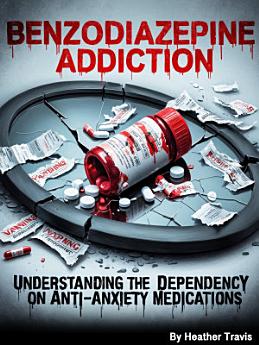Benzodiazepine Addiction: Understanding the Dependency of Anti-Anxiety Medications
About this ebook
The story of benzodiazepines begins in 1955 when Austrian chemist Leo Sternbach, working for the pharmaceutical company Hoffmann-La Roche, accidentally discovered chlordiazepoxide while researching tranquilizer compounds. This serendipitous discovery would revolutionize psychiatric medicine and create what would become one of the most prescribed and simultaneously most dangerous classes of medications in medical history. The first benzodiazepine, marketed as Librium, promised anxiety relief without the severe side effects and addiction potential of barbiturates, which had claimed countless lives through overdose and dependence.
The introduction of Valium in 1963 marked the beginning of the benzodiazepine era in earnest. Diazepam, as it was scientifically known, offered rapid relief from anxiety, muscle tension, and insomnia with what appeared to be remarkable safety compared to existing alternatives. By the 1970s, Valium had become the most prescribed medication in the United States, earning the moniker "mother's little helper" as it was routinely dispensed to women dealing with the stresses of modern life, household management, and societal expectations that left little room for natural emotional expression.








